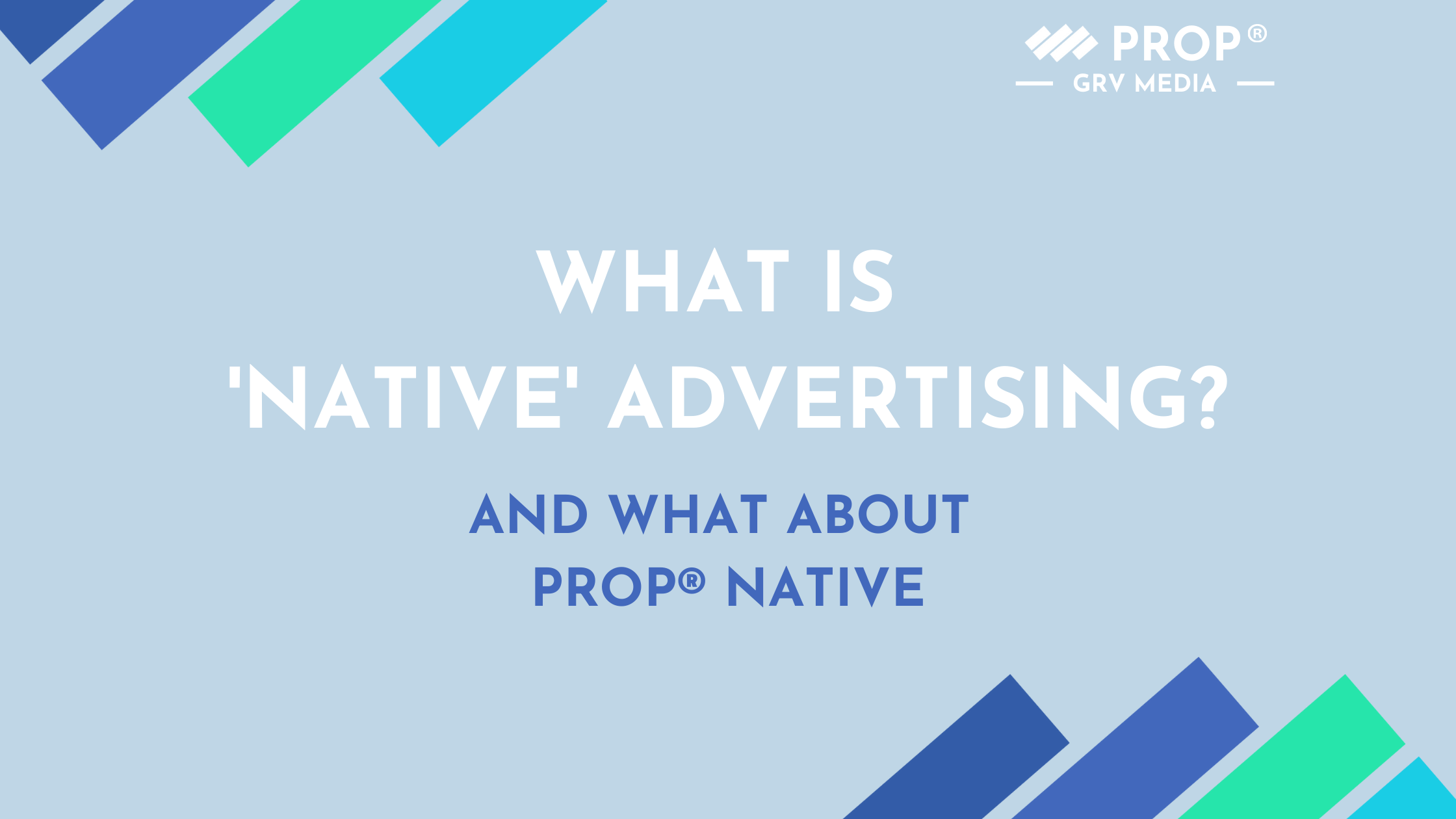In the early noughties, as audiences for pretty much everything moved online, new ways of getting brands in front of eyeballs evolved – due to a boom in digital ad spend.
Suddenly, it was no longer all about banner and skyscraper display ad units. A whole host of new terminology emerged, too, including the term ‘native advertising’, which first appeared around 2012. As with many things in the digital ad ecosystem, this was a new name for something which had already existed in a similar format offline.
So, what is “Native”?
It’s worth thinking briefly about what the word native means in the ‘real’ world – a plant, or species, or person, or anything which originates from, or belongs to, the environment in which it is found. So when we apply this logic to ad formats and commercial messages on websites, it really makes sense.
Native advertising is simply a type of paid advertising where the ads fit in with the look, feel and function of the media format where they appear. They appear as if they belong there, sitting “natively” and seamlessly on the web page.

Before the Internet Existed
In the dark and distant days before the internet, native advertising existed in newspapers and magazines in the form of ‘advertorials’, where brands paid the publication to create a feature or news article about a product in the style of that publication.
Rather than appearing as a bold, visual, attention-grabbing display ad, the feature would be designed and laid out in the same style as an editorial page, usually as longer-form content. It would use the same design and typeface as the main content of the publication, and would sometimes even be written by its journalists.
Importantly, so that readers were not deceived, it would be clearly labelled as an ‘advertisement feature’. Such campaigns would usually be more successful if they provided some real value or service to the readers of the newspaper or magazine. It had to fit in and, well, seem ‘native’.
In the Digital Age
In the digital world, what became ‘native’ ad placements can take many different forms. The old print model of an advertorial, or ‘sponsored content’ created for a client by a journalist on a website, is still relevant and popular.
It works especially well when the website is a well known and respected brand, with which an advertiser wants to be associated. And because the content of this type of native ad is created bespoke, it is harder to automate and scale. There are, though, lots of other ways of reaching an audience using native placements online.

Uses of the Native format
A popular and effective use of the native format can be seen as the ‘recommended content’ on websites, appearing below or beside the article you just read. These types of native units can also appear as “in feed” ads, as part of your news feed on social networks.
On Instagram, where there is no display advertising, pretty much everything that appears commercially looks like a post and therefore ticks the ‘native’ box. Native ads can also take the form of promoted listings that appear at the top of Google search results, or in the sidebar.
What all of these formats have in common is that they don’t look like ‘traditional’ ads. They’re not designed to jump out, like a highly branded, often brightly coloured, intrusive display ad unit. They are designed to blend in to the content and overall look and feel of the website. They’re also made to get your attention as the message looks like an extension of the editorial you are looking at.
It is ‘native’ because it looks like it belongs, and was always meant to be there. It should be subtle and seamless.
Transparency is key
This can be problematic, in several ways. Native ads are designed not to look like ads, so they are hard to identify. Often, website visitors may not even realise they are reading paid-for content, which could compromise the editorial neutrality of the publisher.
A number of consumer organisations, like the FTC (Federal Trade Commission) and the IAB (Interactive Advertising Bureau), work to regulate the use of native ads to ensure that consumers are not misled.
Good practitioners will adhere to the guidelines set out by these watchdogs, to ensure that there is adequate transparency for consumers. That’s why you’ll see wording alongside native content which flags that it is ‘paid content’, ‘sponsored content’ or a ‘promoted post’.
PROP® Native ads
Digital ad management platforms like GRV’s PROP® solution are often able to source and manage the placement of native content for publishers. It can be an attractive addition to display and video ad units on your website, as it blends in and can provide additional commercial inventory, and frequently generates higher CPM’s than traditional display.
Ask your account manager about PROP® Native for more information about how you can boost your CPM’s.
